
Read or listen offline
Amazon KindleRecommendation
When users buy something within an app on their iPhones, Apple takes a 30% cut. As far as Apple is concerned, there’s no way around it, but in China, developers have been using a variety of strategies to dodge the in-app purchase (IAP) charge. While the fees are profitable for Apple, they interfere with some popular features within China’s most used apps and are getting Apple bad press. What’s more, Apple’s actions are beginning to draw regulators’ attention. This article by 36Kr contributor Han Honggang offers a glimpse of Apple’s gains and losses in its tug of war with Chinese tech companies. getAbstract recommends it to cross-cultural consultants, tech executives and marketing strategists who want to understand the hidden challenges of catering to the Chinese market.
Summary
About the Author
Han Honggang is a reporter of 36Kr, an independent news media platform for business and technology analyses in China.










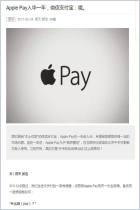
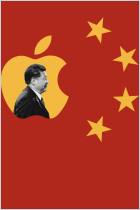

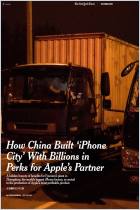

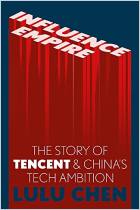

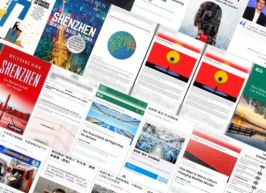



Comment on this summary or Start Discussion